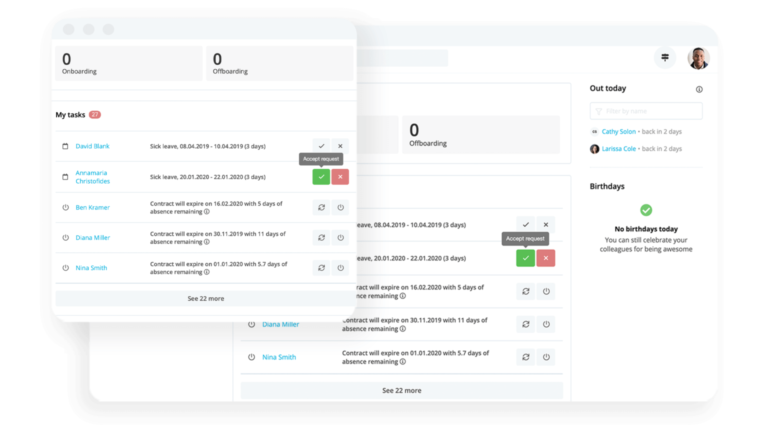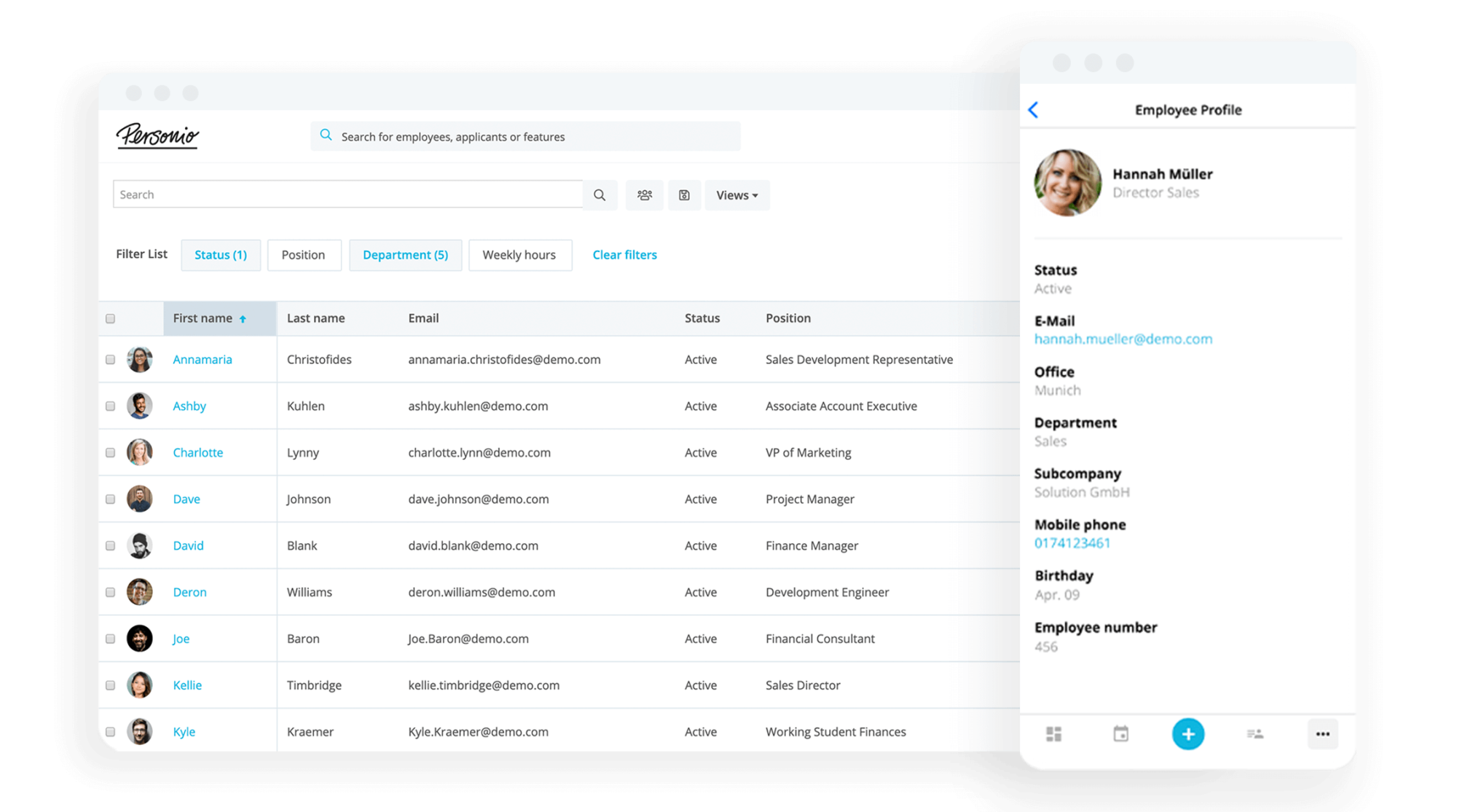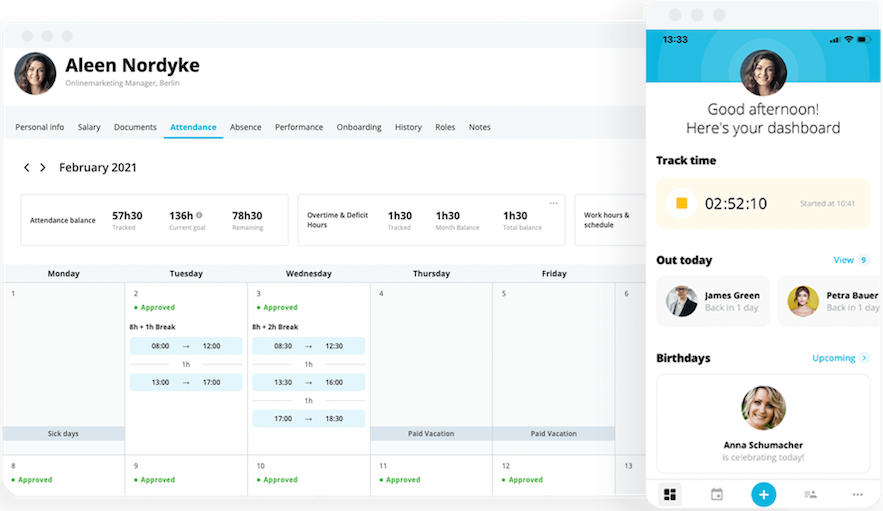Prioritising Workloads: 10 Tips to Help Immediately
Most employees will face the challenge of prioritising our workload almost daily: when confronted with a long list of tasks, how do you know where to start? The most important thing to remember is that not every task has to be done right now, and when you take the time to prioritise, you can keep your workload structured and get more done, quicker.
In this article, we’ll run through 10 tips to help you better prioritise your workload.
Key facts:
Tasks can be prioritised by categorising each one as important/not important and urgent/not urgent.
Strategies like delegation, single-tasking and breaking large tasks up into smaller pieces can help you tackle your to-do list.
Things that get in the way of effective workload prioritisation are interruptions, multi-tasking and setting unrealistic deadlines.
Prioritising Workloads: The Importance of Planning
We all know how important it is to plan ahead, and when it comes to our to-do lists at work, the planning process must include prioritisation of our work. After all, we can’t plan out the order we’ll tackle each task if we haven’t decided which ones are the most important.
By prioritising our workloads, we can create a drastic shift in each working day – making the most of our time by being proactive rather than reactive.
10 Things That Help Prioritising Workloads
Effective prioritisation usually requires creating a list of tasks, evaluating the importance of each and allotting the proper time and resources. Prioritisation should not be rigid, however, as the urgency of certain tasks can change and new items can always arise.
1. To-Do List
The first prioritisation step is to have a to-do list that includes the full scope of your workload, from the most mundane daily tasks to the biggest long-term projects. It may be helpful to include both your personal and working tasks in one list so you can get organised. This can be done with the help of an online tool or just on paper.
Having everything that needs to get done in one list will help you visualise your workload and start to prioritise tasks based on factors like urgency, significance, duration and outcomes. Don’t forget to update it as often as needed!
2. Task Focusing
Next, categorise your tasks using the urgency/importance matrix. This comes from something called the Eisenhower principle, named after Dwight D. Eisenhower, the 34th President of the United States. It asks you to classify each task as important/not important and urgent/not urgent.
Some time management experts suggest that categorising tasks into these four buckets can also tell you who should do the tasks, or if they should be done at all:
Important & Urgent – Tasks you should do ASAP
Important & Not Urgent – Tasks you can schedule to get done and do yourself
Not Important & Urgent – Tasks you can delegate to someone else
Not Important & Not Urgent – Tasks that can be deleted
3. Review Your Workload Regularly
As you check things off your to-do list and new tasks arise, you’ll need to review your workload and adjust the priority order. There may also be a few tasks that tend to get lost at the bottom – the ones you keep pushing off each time. For these tasks, consider whether they can be delegated to someone else or if they should be deleted entirely (i.e. not important/not urgent).
4. Break Down Tasks
Sometimes, a task or project might seem so huge and overwhelming that you don’t know where to start – so you don’t. Instead of staring at a mountain and deciding you can’t do it, try breaking the huge task down into baby steps.
Melissa Gratias, Ph.D., a workplace productivity coach and speaker, explains the concept this way:
“Breaking tasks down helps us to see large tasks as more approachable and doable, and reduces our propensity to procrastinate or defer tasks, because we simply don’t know where to begin.”
The team at project management tool Trello refers to this idea as “microproductivity”.
15,000 organisations trust Personio for this reason

Just like LUSH and Premier Inn, trust Personio's all-in-one HRIS to upgrade your people operations for now and into the future. Click below to learn more about us.
Book Your Demo5. Concentrate on One Task at a Time
While many people like to think they can tackle multiple things at once, only2.5% of us are actually able to multitask effectively. Attempting to multitask can increase stress, impair cognitive ability and reduce productivity by as much as 40%. Why not single-task instead?
In order to help you concentrate, consider using the Pomodoro Technique. This method of time management involves working on a single task for 25 minutes, taking a five-minute break, then setting another 25-minute timer. Every four rounds, you can take a longer break of 15-30 minutes.
6. Delegate Tasks
Remember the Eisenhower Principle discussed above? Delegation is a key aspect of prioritising workloads, and most tasks in the urgent/not important box can be delegated. These would be tasks that need to get done soon, but are not necessarily reliant on your specific skill set.
In general, delegating tasks – especially recurring ones – can free up a lot of space in your day. That’s time that can then be spent on the tasks that are important, urgent and value-adding.
7. Set Realistic Deadlines
It’s admirable to be optimistic and ambitious, but setting timelines you can’t meet will only discourage you and mess up your task organisation. Instead, aim to accurately estimate how long each task will take you to complete so your deadlines are achievable.
While some deadlines may be out of your control – for example, set by a customer or your boss – you can always speak up to establish what is realistic. If you are breaking up large tasks into smaller pieces, each one should have its own deadline. Also be sure to leave room for anything that may arise unexpectedly.
8. Minimise Interruptions
The interruptions in our modern work day are bountiful: emails, chats, calls, ad-hoc requests, a tap on the shoulder (from a colleague in the office or a family member if you work from home). But every one of these that you respond to disrupts your workflow, increasing your stress and cratering your productivity.
The goal should be to minimise or prevent these distractions. This might mean turning notifications off during focus time, wearing noise-cancelling headphones or exiting messaging apps. You can then set a specific time to respond to everything at once – perhaps after a round of Pomodoro sessions or right before lunch or the end of your workday.
9. Record Your Time
Tracking the amount of time spent on each task can help you evaluate your prioritisation and the deadlines you set, as well as making task planning easier in the future.
If you use the Pomodoro Technique as mentioned earlier, that’s one way to record your time. Just keep track of how many sessions you spent on any given task.
Track your teams' time seamlessly

Enable your employees to enter their working hours in an efficient, legally compliant and secure system. See working hours at a glance across your company.
Get Smarter Time Tracking10. Be Flexible
Change is the only constant in life, and that’s true for our work lives as well. There are countless ways our careful prioritisation could get messed up:
New tasks arise during the week
The urgency level of a task changes
The person you delegate to gets sick
You get sick
The scope of a task shifts
Etc.
This is why revisiting your workload prioritisation is key, and why remaining flexible will save you unnecessary headaches. Things happen! Adjust as needed and keep going.
Frequently Asked Questions About Prioritising Workloads
How to Prioritise Your Workload?
Here are 10 strategies to help you prioritise your workload, which you can read about in-depth above:
To-do list
Task focusing
Review your workload regularly
Break down tasks
Concentrate on one task at a time
Delegate
Set realistic deadlines
Minimise interruptions
Record your time
Be flexible
What Tasks Should I Prioritise in My Workload?
The tasks that should be prioritised in your workload are those that are both important and urgent. You can learn more about categorising your tasks using the Eisenhower Principle under the heading “2. Task Focusing” above.
Prioritising Your HR Workload with Personio
Personio is the modern all-in-one HR solution made for SMEs. You know which parts of your workload should be prioritised, and Personio enables you to spend more time on those tasks that truly matter.
See how you can save up to 60 hours per month.

